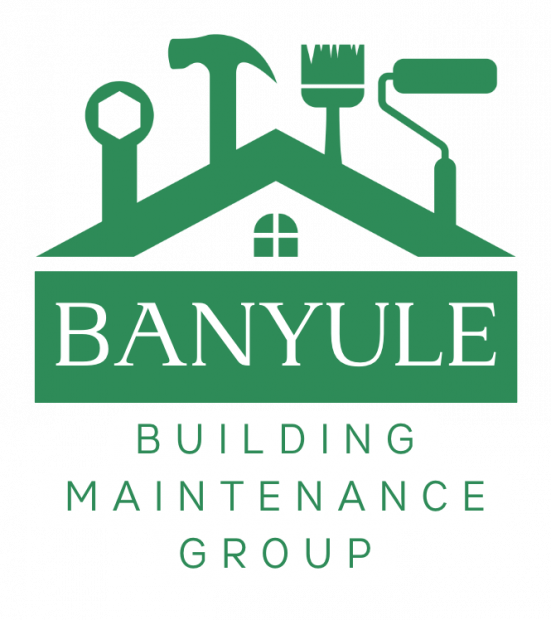Window Frame Repair Melbourne: How To Spot Problems Early, Choose The Right Fix, And Keep Character And Comfort
Frames do more than hold glass. In Melbourne homes, they manage water, air, security, noise, and heat flow. Fixing frame issues early protects surrounding walls, preserves heritage character, and keeps rooms comfortable without unnecessary replacements.
For homeowners comparing options, a practical guide is provided below. If a measured assessment or professional repair is needed, see window frame repair Melbourne for help across timber, uPVC, and aluminium frames.
Fast Triage: Is It Wear, Water, Or Movement?
- Water entry and decay: flaking paint with soft timber, dark staining at sill ends, swollen sashes, musty smell after rain.
- Movement and alignment: gaps that open or close with seasons, latches that do not meet cleanly, binding when opening, out-of-square reveals.
- Seal and finish fatigue: brittle or missing sealant, cracked putty, chalky coating, visible daylight at meeting points.
- Hardware wear: loose hinges, worn stays, tired sash cords or spirals, weak friction in awnings/casements.
Melbourne Microclimates And What They Do To Frames
- West and north exposure: higher UV and heat drive coating fade and shrinkage at joints; plan shorter repaint cycles and UV-resilient finishes.
- Leafy and shaded pockets: slower drying promotes moisture retention; breathable coatings and clear drainage are key.
- Bayside and coastal: salt speeds corrosion; marine-grade fixings and thorough rinsing reduce staining and hardware wear.
- Urban corridors: dust and noise enter through unsealed gaps; continuous perimeter seals and acoustic laminates help.
Repair Pathways: From Minimal Intervention To Deeper Fixes
- Moisture source control: clear weep paths, renew external sealant, verify head and sill flashings, ensure drips shed water away from cladding.
- Local timber repairs: cut back to sound wood, treat, splice new matching timber, or use structural epoxy consolidation where appropriate. Keep profiles consistent on heritage facades.
- Frame realignment: re-pack or adjust fixings to bring frames plumb, square, and true; correct hinge positions and striker plates.
- Operational restoration: renew sash cords/spirals, beads with low-friction seals, stays/hinges/rollers, and latch hardware.
- Glazing interfaces: refresh putty or suitable glazing compounds, maintain even glazing blocks, and ensure consistent compression for weather seals.
- Protective coatings: prime bare timber, apply exterior-grade systems, and seal end grain and joints carefully.
When Repair Is Enough Vs When Replacement Makes Sense
- Repair suits: localised decay, misalignment, worn seals and hardware, sound jambs and sills, and where character and profiles matter.
- Partial renewal: lower rail or sill sections with deeper decay, while retaining the rest of the frame.
- Full replacement: extensive rot, structural compromise, recurring leaks from poor original detailing, safety glass requirements, or major energy performance upgrades.
Comfort And Efficiency Without Losing Character
- Draught management: continuous perimeter seals, meeting-rail interlocks on sashes, compression seals on casement/awning, brush seals for sliders.
- Thermal and acoustic glass choices: Low-E or laminated interlayers; secondary glazing for heritage sensitivity.
- Shading and condensation control: external shading on hot aspects; manage indoor humidity and ensure accurate, airtight installation to reduce winter condensation.
Common Mistakes That Shorten Frame Life
- Painting over damp or compromised timber.
- Sealing over active leak paths without flashing verification.
- Using non-compatible putties or sealants that crack prematurely.
- Over-tightening hardware that twists sashes out of square.
- Blocking weep holes on aluminium or uPVC systems.
Simple Inspection Rhythm For Melbourne Homes
- Late winter: check drainage, flashing lines, and any soft spots after wet months.
- Spring: schedule repairs, refresh seals and coatings to protect through summer UV.
- Summer: light cleans to remove dust and salt; verify smooth operation in heat.
- Autumn: clear leaf build-up, confirm paint touch-ups, and ensure weep paths are open before rains.
Cost Drivers To Plan For
- Extent and depth of decay or distortions.
- Access and height, including scaffolds or tricky elevations.
- Glass specification changes (thermal/acoustic/safety).
- Finish level, colour, and heritage profile matching.
- Number of frames and coordination with other trades (painting, plaster repairs).
Mini Checklists
Period Timber Sash
- Confirm sash balance and cords/spirals.
- Replace beads with integrated seals.
- Splice or rebuild sills and lower rails as needed.
- Renew putty and prime bare timber.
Aluminium Or uPVC
- Inspect gaskets and brushes; renew where brittle.
- Clean and clear weep holes; confirm drainage paths.
- Check roller tracks, stays, and fasteners for corrosion.
Moisture Hotspots
- Look for staining on internal reveals and sills.
- Verify exterior sealant continuity and flashing kick-outs.
- Ensure garden beds and sprinklers do not soak frames.
FAQs
What are early signs a window frame needs repair?
Soft or darkened timber at sills, peeling paint with softness beneath, daylight or draughts at joints, binding operation, and recurring condensation or water staining are typical early warnings.
Will frame repair make rooms warmer and quieter?
Yes, restoring alignment, seals, and glazing interfaces usually reduces air leakage and high-frequency noise, improving comfort and lowering heating and cooling loads.
Can heritage proportions be preserved during repairs?
Yes, splices and like-for-like profile matching allow decay to be removed while keeping sightlines. Secondary glazing can be used internally where heritage controls apply.
How long do repaired frames last?
Longevity depends on addressing moisture sources, quality of materials, and repaint rhythm. With sound flashing and coatings, well-executed repairs can last many years.
When is full replacement the better option?
Full replacement is prudent when decay is widespread, frames are structurally unsound, or when major performance upgrades like safety glass and high-spec glazing are required.
Disclaimer: This article provides general information for Melbourne homes. Site conditions vary. Safety-critical work and heritage-sensitive repairs should be assessed by qualified professionals, and written quotes with inclusions are recommended.
